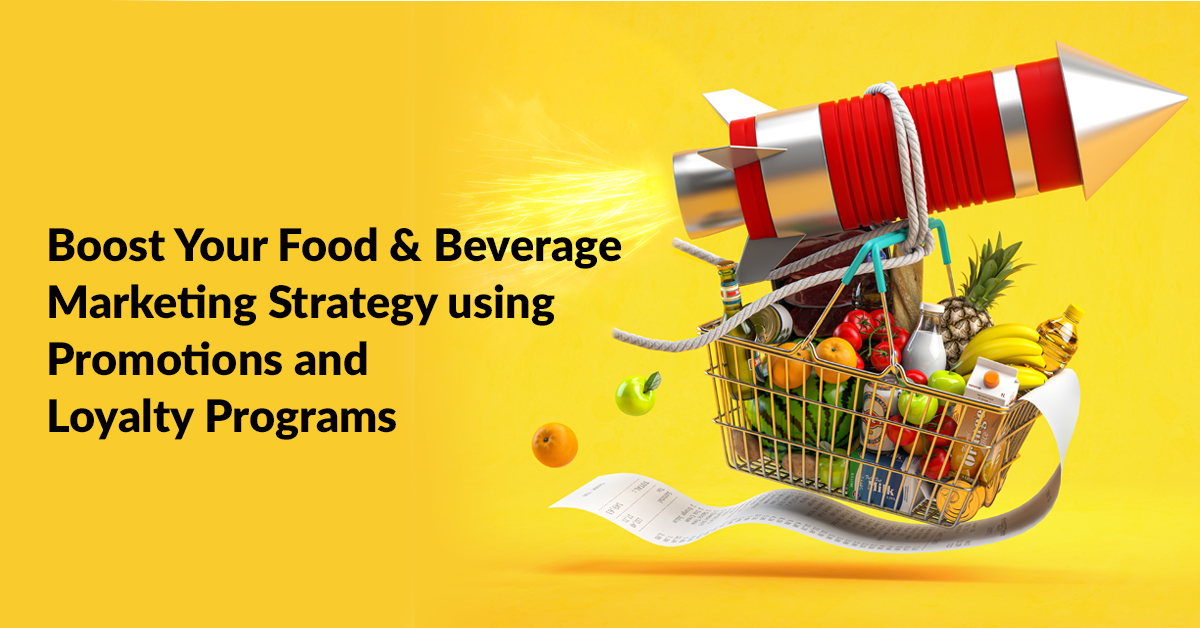From the Trenches: Insights & Best Practices from Real World Receipt-Based Loyalty Programs for CPG Brands
It is no secret that CPG and other multichannel brands are facing an almost existential set of challenges. In particular, the increasing fragmentation of both their customer bases and their distribution channels along with the ever-increasing competition from private labels and upstart brands (which are easier than ever to launch) makes it a lot harder for brands to differentiate themselves on shelf and drive repeat sales.
Further, the crumbling of today’s media audiences and the explosion of new media channels (primarily digital and mobile) means that it is very difficult for brands to build profitable relationships with their best customers through brand advertising and other above-the-line marketing spend alone.
As alternatives, loyalty and below-the-line shopper marketing efforts are proving to be more effective in addressing some of the challenges above and in driving sales – and tend to have a much greater (and more tangible) ROI for the spend.
Historically though, CPG brands have shied away from loyalty programs due to the difficulties and expenses in program implementation. However, with widespread consumer smartphone adoption and the advent of receipt processing as a viable alternative to pin-on-pack (receipt processing being both more convenient and cost-effective), increasing numbers of CPG brands are revisiting loyalty programs today.
At Snipp, we have seen these changes first hand. Over the first half of this year alone we have launched six new programs for an assortment of multichannel brands. We are seeing increasing acceptance of receipt-based loyalty programs on the consumer side as well: today, we process over half a million receipt submissions per month – a five-fold increase over the past year alone.
While many brands are still experimenting and figuring out what works best for them, we are seeing some clear benefits and common themes and trends emerging in terms of program design and promotion implementation, especially when compared to previous pin-on-pack programs.
Time & Geography Delimited Programs: For those reared on pin-on-pack, this is especially powerful. With receipts, you know the date when the product was purchased as well as the store address and zip code, and can hence create time-based or geography-restricted promotions during specific periods. We have a client that ran a month-long “double points” promotion as part of its launch strategy to increase visibility and support for the program. Brands are also running promotions during specific promotion windows (such as “back-to-school”) for certain products. Programs can also be restricted to specific zip codes, cities, states or DMAs – or have promotions that reward participation from those geographies.
Retailer Support: Receipt-based programs are very effective for creating programs in partnership with specific retailers, especially if the objective is to get better retailer support for sales and shelf placement. One brand created an entire loyalty program targeted at one specific retailer; consumers could only get points for purchases made at this retailer. Other brands have run retailer-specific promotions where consumers got double or triple points for purchases made at those retailers.
Tiering & Laddering of Points: Brand managers can drive specific consumer behaviors through the judicious tiering and laddering of points in loyalty programs. Historically this was difficult to execute with pin-on-pack programs but is much easier to do with receipts, where all purchases are visible at the same time. For example, to drive sampling, brands could offer points boosters when two specific products are purchased together. Similarly, to increase basket size, brands could offer programs where you get disproportionately more points for each additional unit purchased (e.g. one purchase is worth one point, two purchases is worth three points, three purchases is six points and so on).
Amplifying Purchase Through Engagement: While this isn’t necessarily unique to programs for multichannel brands, many of our clients have embraced the idea of amplifying their loyalty programs by rewarding user engagement, particularly through social media and online activities. Several brands have programs where consumers earn additional points through playing branded games, watching brand-based videos, sharing content, referring friends to the loyalty program and by completing customizable polls and surveys. Engagement-based activities need to be designed to ensure that they are meeting the overall program goals: if the ultimate aim is to drive purchase, then brands should be careful about how many points they give away for non-purchase related activities and which activities they reward in that context.
Third Party Channel Solution: A significant use case for receipts in loyalty programs is to supplement existing POS-based programs, particularly in contexts where the brand sells direct as well as through third party distribution channels. We had a brand do exactly that; they have a very successful loyalty program they had implemented in their own retail stores. However they also happened to sell products through other retailers, both online and offline, and a constant consumer complaint was the inability to get rewarded for purchases made outside of the brand’s own stores. Today, those loyalty program members can submit purchase receipts via the brand’s app and get points credited for those purchases.
Loyalty as a Platform: As programs mature, brand managers can increasingly use these programs as a platform to run all their marketing promotional activities, creating greater marketing efficiencies and increasing overall participation rates and pull-through. Instead of running disparate, individual programs, brand managers are increasingly mandating that all promotions be run on top of the loyalty platform where possible. Doing so encourages further sign up of new loyalty program members and increases convenience and loyalty for existing members. Further, because of the flexibility afforded by receipts, brand managers can add brands or sub-brands to the program very easily, encouraging greater adoption and strengthening the overall value of the platform.
Data, Data, Data: The big opportunity inherent in receipts is the treasure trove of data they provide about consumer purchase behavior and the insights into their shopping basket. Brand managers are using this data to determine key insights into which retailers’ consumers are more receptive to promotions, what products consumers are purchasing together, what competitive products are in the basket, how frequently loyalty program members are shopping, as well as a host of other data touchpoints that are allowing them to better target and provide greater value to consumers.
Final Thoughts:
Unlike many other industries, CPG and multichannel brands have not done very much with loyalty programs yet. We are seeing that change and expect many more brands to experiment with and launch their own programs over the next few years. As brands become more comfortable with these programs, we expect to see more interesting examples and best practices emerge.
Ritesh Bhavnani, Snipp | November, 2017
As published in Loyalty360’s “Loyalty Management” print magazine





